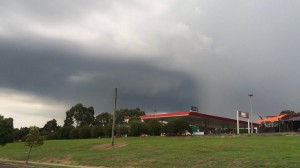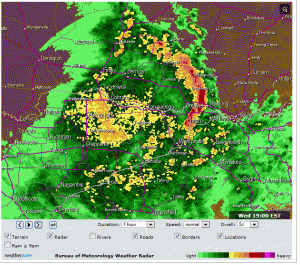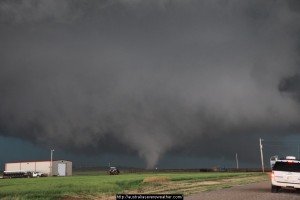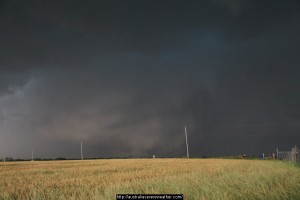

Welcome to storm news. With storm news about storm events around the world, storm news attempts to cover the significant events. Storms around the world cause billions of dollars damage yet they still are misunderstood by most – these events making the news frequently. Besides the obvious lightning and thunder observed in most storms, the concept of storms being a fluid and changing system that can develop with half an hour and produce rain, hail and even tornadoes is obviously not conceived by most. Instead most believe storms come from elsewhere, appear over the horizon and affect the area.
Storm News: Types of Storms
Storms can be divided into four main categories: single cell storms, multicell storms, squall lines and supercells. Single cell storms are relatively short lived cells with basically one pulse or updraft stage with downdraft eventually killing the storm by cutting off its supply namely the updraft with moisture. Ordinarily, single cell thunderstorms last about half an hour and at most one hour. In its life-cycle, it goes through 3 phases, the developing stage (crisp updraft with little or no precipitation), the mature stage (where most of the precipitation falls) and the dying stage (where the cell becomes elevated and only an anvil remains).
Multicell storms are more organised in that the interact as a system. They develop in environments with moderate winds aloft that allows the updrafts to move away from the downdraft sufficiently to allow other updrafts to develop and not choke the initial updraft. As a system, the initial cell dies, one cell is in the mature stage and another is developing. There could be more than a few cells of course but this is the general consensus. Multicells are more efficient as a system than single cells and can last several hours.

Squall lines are similar to multicells although the upper level winds tend move the cells along a line. The developing cells are ingested into the original developing cell. Squall lines can last several hours or even longer as they often develop in dynamic strong wind sheared environments.


Supercells are different than other types of storms. A supercell is defined a storm with a persistently rotating updraft. Rotating storms that can rotate for at least 20 minutes by definition observed from doppler radar or from timelapse are denoted supercells. They develop specific characteristics including deviation in motion, usually develop the most severe winds of all storm types and also can produce the largest hail and tornadoes! Supercells usually cause most of the storm damage and often run into the millions once a major supercell hits a major metropolitan area.
For more on storm news, check Australian Severe Weather website or Extreme Storms.